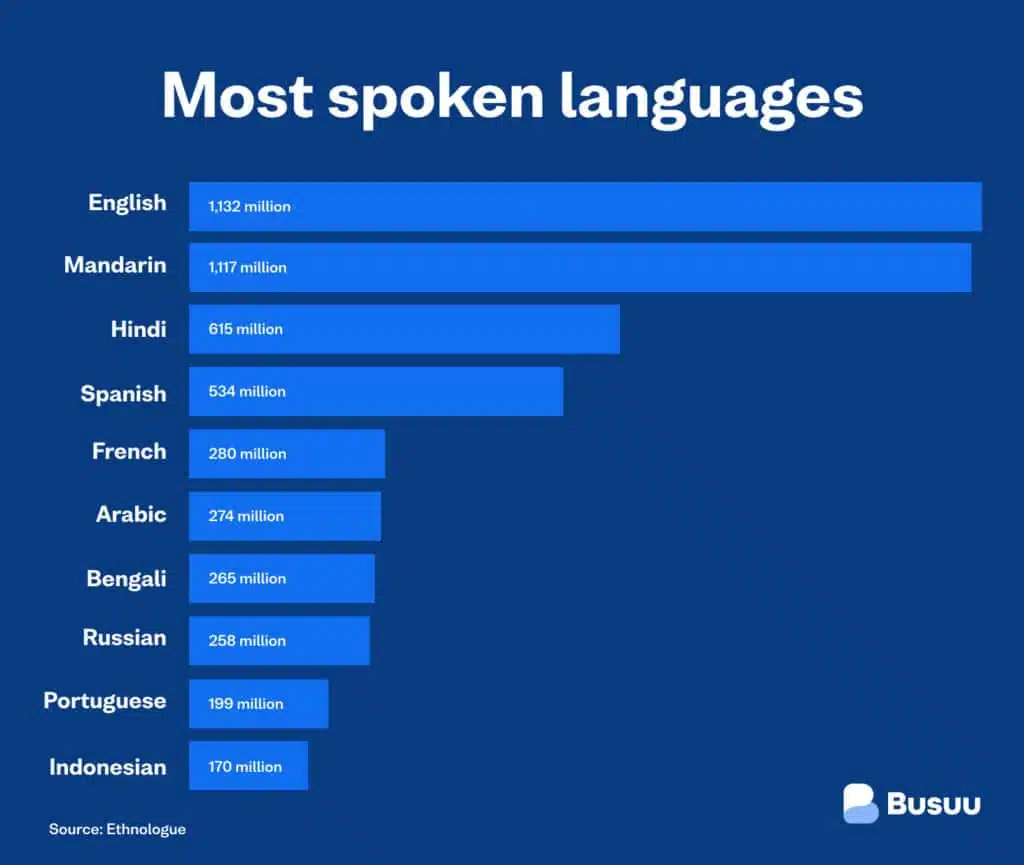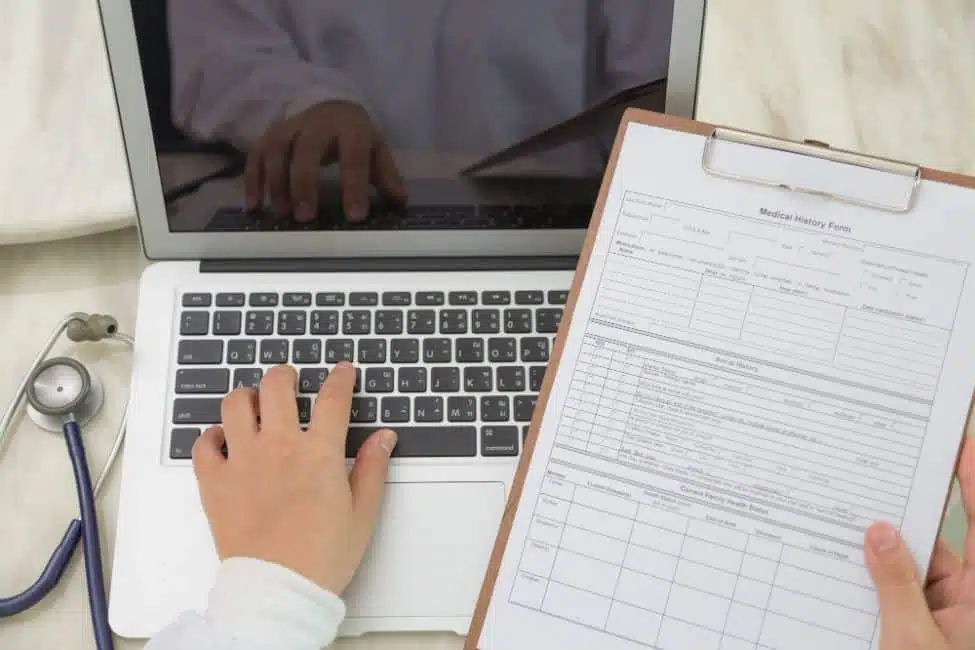Are you looking to make a bigger impact with your mobile app by going global? Then take the time to make sure you don’t get lost in translation.
Take the time to invest in your app localization process.
Before you expand into the international market, you’ll need to make sure your app works wherever it’s offered.
That doesn’t just mean people being able to download it, but also being able to read and engage with it. That’s right; you need to localize it.
There are over 7000 languages across the world and a multitude of different cultures. You’ll have to think about these when starting the app localization process.
Whether you have a mobile game, a sales app, or something else, it’s crucial to consider localization if you want to reach your goals.
Steer Clear of Automated Translation
You’ll want your copy to be understandable. Automated translation may be quicker, but it can often pose more issues in the long run.
Tools like Google Translate are never quite right, are they?
Automated translation can struggle with complex pieces of writing. If you have written instructions on your app, you’ll want to make sure that they are being read exactly as intended.
Automated translation doesn’t pick up on context or colloquialisms, and struggles to retain the copy’s integrity.
Invest in your app localization process. Consider the cost of a good quality translator, as you would consider domain name cost.
Having a real person to translate your copy avoids miscommunications in your app. Investing in the correct tools is always better than taking the quick and easy route.
Plan Your Content Accordingly
Localization is different from translating your app — that’s only one small aspect of it.
Localization is all about making your app accessible to people globally. When getting started, you have to think about their languages and culture.
Start with the translation of text, but also think about imagery and symbols. These aren’t always interchangeable between countries.
Work closely with your copywriting team. You’ll want to make sure they’re aware of the variety of different content they’ll need to create.
Make sure the content created can be adapted easily to other languages. But the translating doesn’t just stop there.
Do you have graphics with embedded text? This will need translating too. But perhaps it would be better to avoid embedding text into images altogether.
Look Into What Scripts You Need to Use
You’ve started with translation and thought about imagery. Great! But how does your app look in Spanish compared to English?
Have you taken into account that one word in English may be shorter than that same word in Spanish, and the presentation effects this might have?
All languages act differently in text. Some are written as script, and some read from right to left.
This all needs to be accounted for in your app localization process. For all changes, the user interface design will need to be adapted.
This doesn’t have to be difficult though.
Work with your team. With the help of a little cross team collaboration, you’ll be able to pull together.
This way, everyone can work on creating a user-friendly interface that can be easily translated.
Don’t Just Translate — Localize
When considering localizing an app, you have to think a little more about just the copy. The difference between translating an app and localizing it, is that you’re adapting to cultures.
This can mean changing imagery, color schemes, and design, as well as the language. You don’t want to alienate anyone by using imagery that doesn’t align well with a culture. The idea is to gain customers, not lose them!
So, it’s important to consider culture when going through the localization process.
Good collaboration between developers and testers will ensure that your app is constantly adapting.
It needs to work within each new language and culture it is being used in.
Going Global
If you’re looking for a quick fix to help you boost app sales, this isn’t it.
Localizing your app will take time, energy, and consistency. The work doesn’t end once your app is up and running, you’ll still need to carry out regular audits and updates to maintain your quality.
Languages and cultures are always changing and evolving, and it’s your responsibility to keep up to date.
Don’t stop at your app either. You’ll want to make sure you localize your website and marketing too.
This ensures a consistent customer experience across the board, which will help hold on to new customers.
This all may sound daunting, but once you’ve started, you’ll be well on your way to world domination!







